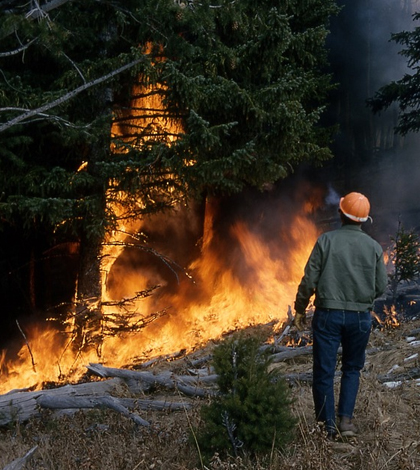Increase In Australian Bushfires Points To Changing Climate

Forest fire. (Credi: Public Domain)
Bushfires in Australia have been increasing since the 1970s, with significant increases shown from the 1990s to 2000s. All data points to a trend of more bushfires, and, since 2011 alone, bushfires have increased a staggering 40 percent.
But researchers at the Commonwealth Scientific and Industrial Research Organization hope that with their latest efforts in bushfire modeling that include artificial intelligence, their model should improve enough to better predict when and where bushfire hotspots might occur. Such early warnings could potentially save lives and property.
To create a model, researchers used satellite images of bushfires and relevant climate data such as humidity, temperature, wind speed and soil moisture. They also used machine learning, a kind of artificial intelligence, which should enable the model to make better predictions of bushfires over time.
Researchers then compared modeling results using data from actual bushfire activity in past years. Attempts to model previous Australian bushfires included 36 major fires appearing in historical records. The model estimated bushfire hotspots with 91 percent global accuracy and worked for both grassland and forest bushfires.
Top image: Forest fire. (Credi: Public Domain)




0 comments